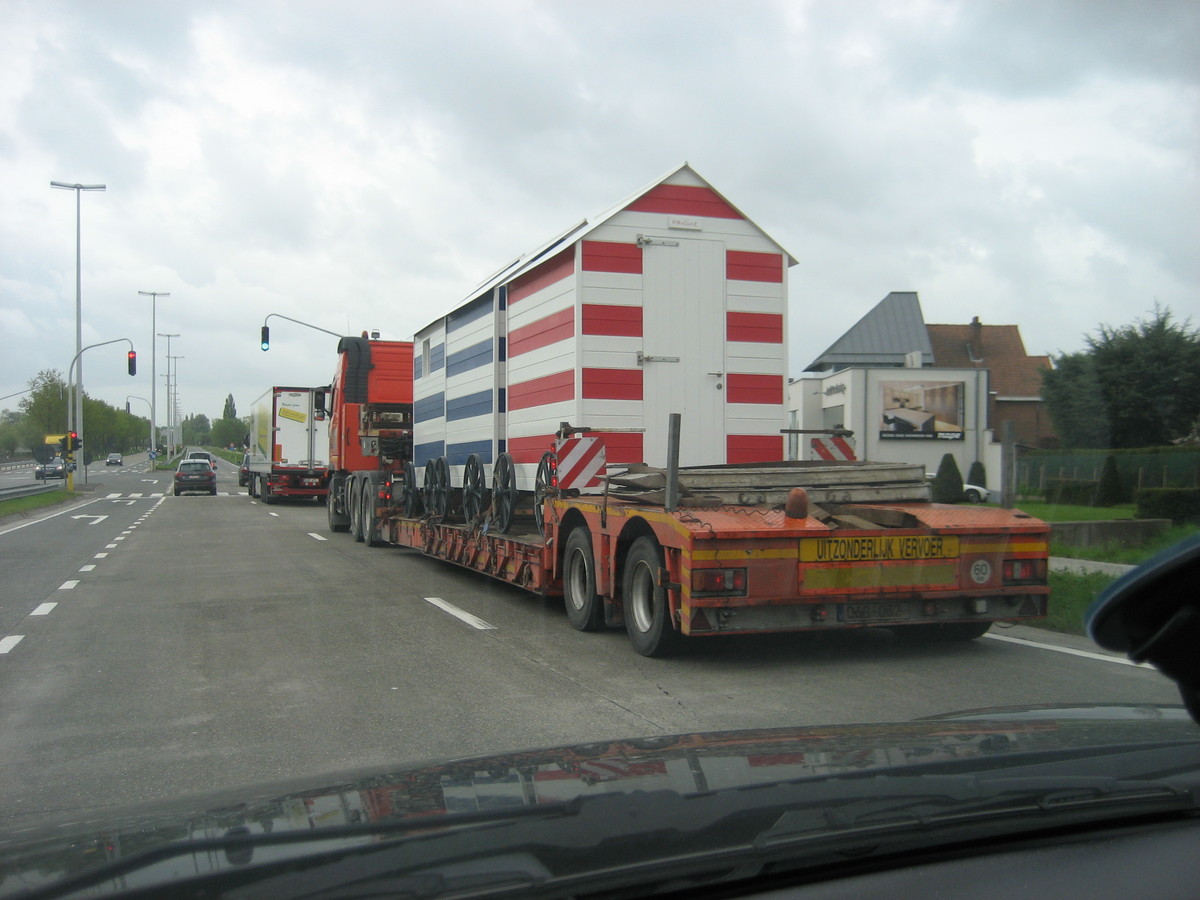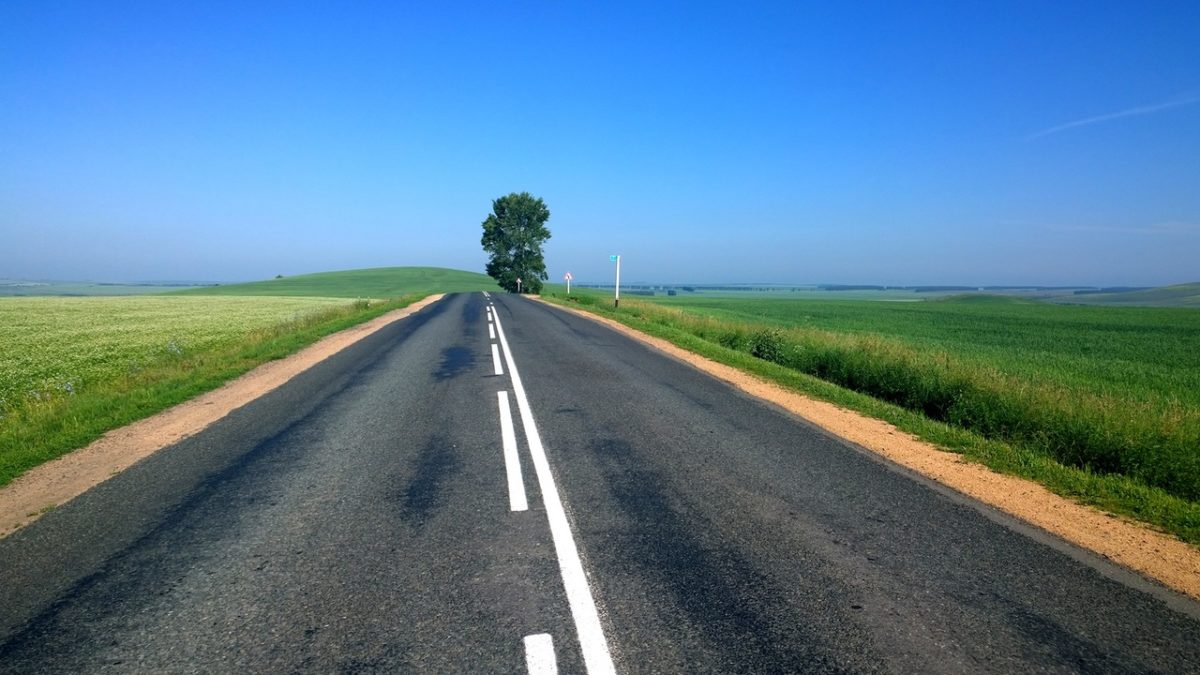Think Safety Even During the Holidays: Part 3
With the end of 2020 comes a well-earned break after a long and extremely difficult year. In the last installment of our 3-part holiday driving series, we focus on the importance of driving safely around trucks and buses.

- Show Consideration: Truck drivers are professionals who are responsible for keeping the wheels of the country’s economy turning. Show them respect, understanding and patience.
- Heavy Loads: Due to their weight and size, trucks have much longer braking distances than a car. Don’t cut trucks off and then suddenly brake hard in front of them. Plan your overtaking manoeuvres to ensure there is enough space ahead – especially when several vehicles are travelling close together.
- Inclines: Trucks lose speed on steep inclines, and some use this to pass other trucks that are driving slower. Give them the opportunity to pass then move to the left lane. Pass on the right, and only when it is safe to do so.
- Stop-and-Go Traffic: Truck drivers try avoid braking and accelerating constantly in slow- moving traffic to keep a steady pace while managing the distance to the vehicle ahead. Don‘t cut them off by pulling into this gap, as it forces the truck to brake abruptly and further disrupts the flow of traffic.
- Blind Spots: Trucks have more and much bigger blind spots than cars. Ensure that you can see far enough ahead, and that the driver can see you, before attempting to overtake. Make sure there is sufficient space to pull into your lane once the pass is completed. Avoid tailgating a truck, as you will be invisible to the driver, and will be severely restricting your view of oncoming road and traffic conditions.
- Wind: Trucks are more sensitive to the wind, especially strong crosswinds. Keep this in mind when passing, especially on busy or narrow roads. Remember that the truck shields the wind from your car, which may result in an abrupt blast of wind once you are passed.
- Rain: Wet and rainy conditions require greater caution. Along with needing much longer stopping distances, visibility is significantly reduced. Trucks kick up a lot of water and spray which further impedes visibility for following traffic. Only pass when you can see clearly ahead. If in doubt, wait until the next safe opportunity.
- Turning Circles: Due to their length, trucks require more space and have much larger turning circles than cars – sometimes having to use two lanes to negotiate a tight corner. Keep this in mind at traffic lights and intersections, and when following behind a large vehicle.




